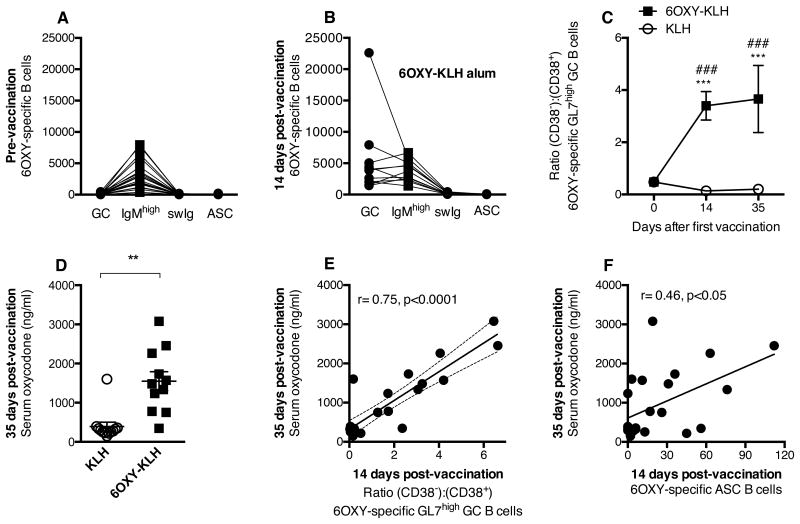Figure 4. Early-activated splenic 6OXY-specific B cells correlated with vaccine efficacy.
6OXY-KLH elicited GC and ASC B cells 14 days after immunization. Mice were immunized on days 0, 14 and 28, and challenged with 2.25 mg/kg oxycodone a week after the third immunization. Distribution of 6OXY-specific B cell subsets in spleen biopsies from individual mice: A) before, and B) after immunization. Immunization with 6OXY-KLH increased: C) the ratio of 6OXY-specific (CD38-) to (CD38+) GL7+ B cells over time, and D) serum oxycodone concentrations. At 14 days post-vaccination: E) early GC activation, shown as the ratio of 6OXY-specific (CD38-) to (CD38-) GL7+ B cells, and F) 6OXY-specific ASC B cells, correlated to greater vaccine efficacy on serum oxycodone at day 35. Data shown are the number of 6OXY-specific B cells per spleen biopsy sample from individual mice. Data are mean±SEM. Data included three independent experiments with a total n=12 each group. **p<0.01, and ***p<0.001 compared to KLH, ### p<0.001 compared to naïve mice; brackets indicate group differences.

